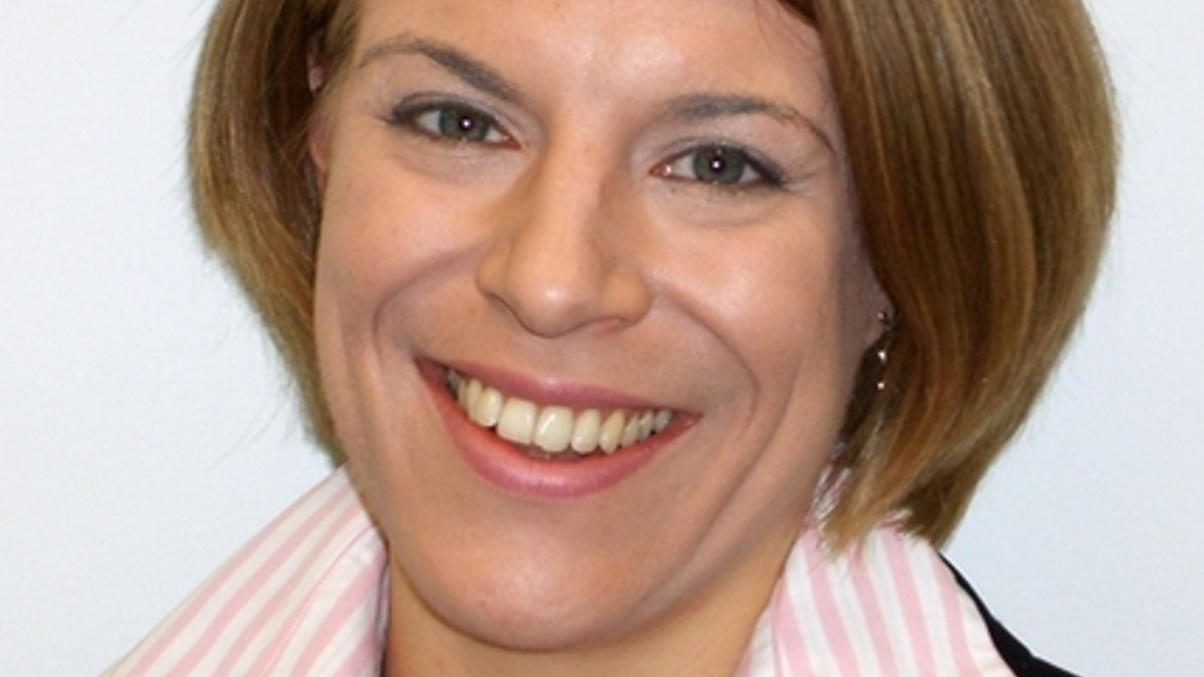Central banks eye more in-house investment
Central banks appear to be growing ever more reluctant to hand money to sovereign wealth funds to run, but some argue this is a limited issue in Asia.

Sovereign wealth funds* are continuing to grow due to both investment returns and being given government money to run, say market participants, but the latter trend may be set to slow.
Sign in to read on!
Registered users get 2 free articles in 30 days.
Subscribers have full unlimited access to AsianInvestor
Not signed up? New users get 2 free articles per month, plus a 7-day unlimited free trial.
¬ Haymarket Media Limited. All rights reserved.


